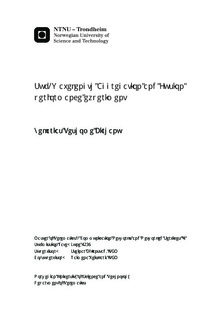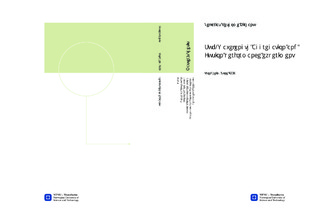| dc.description.abstract | The communication network that has connected most part of world s population, and continues to bring more people to the communication grid is being overwhelmed by a vast amount of traffic coming from an increasing number of new services. According to predictions from [1], a threefold increase is expected for the coming five years. This growth trend calls for high performance communication networks.Although the tremendous bandwidth from fiber supports transport of huge data from one place to another, todays switching technologies provide either deterministic quality in circuit switches or high resource utilization in packet switches. Regard to user applications transported on networks, while some of them require a deterministic circuit switch type of transport, others can be transported better in packet switch that are efficient in resource utilization. TransPacket Fusion switching [2], a hybrid type of switching integrates both circuit and packet type transport on a single node; hence can support various types of user applications from both worlds. It provides a deterministic circuit transport using dedicated wavelength, and uses the vacant gap on the wavelength to transport a low priority packet without affecting packets that are transported with deterministic quality. On this thesis, we build on the concept of hybrid switching by aggregating multiple sub-wavelength traffic, which have deterministic characteristics, on a single wavelength. In addition to that, we demonstrate how the vacant gaps from the aggregated traffic can be used to transport low priority packet traffic.Several experiments have been performed on a network set at UNINETT with Fusion prototype hybrid nodes from TransPacket. The results from the experiment show that: Fusion node can provide the required strict quality of service to the aggregated sub-wavelength circuits while, at the same time, increase resource utilization by injecting low priority traffic on vacant gaps. | nb_NO |

